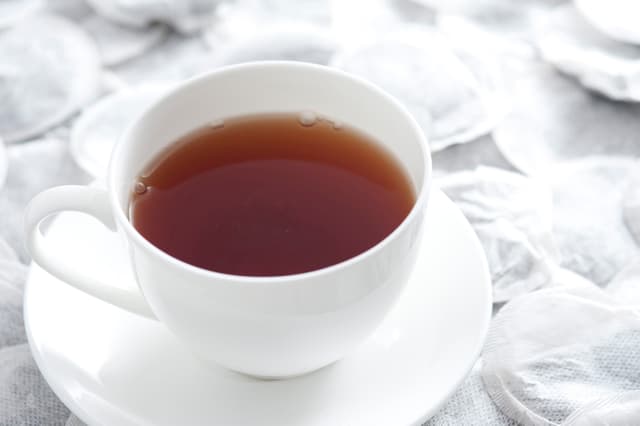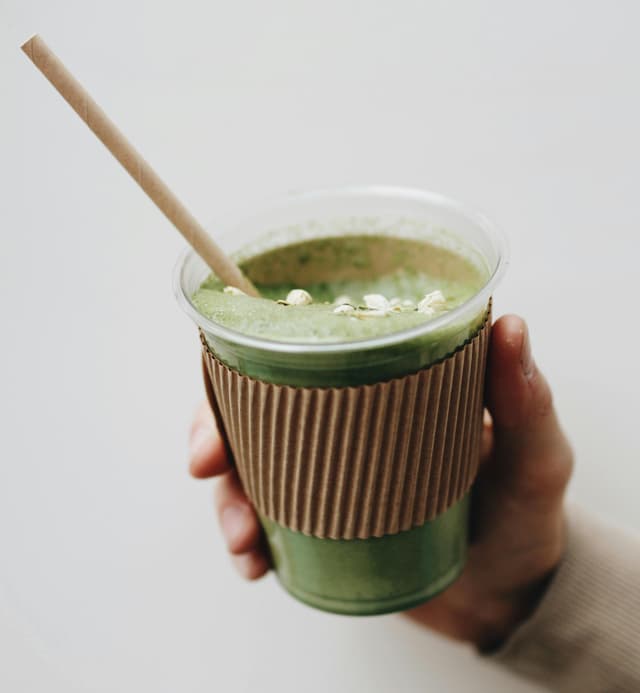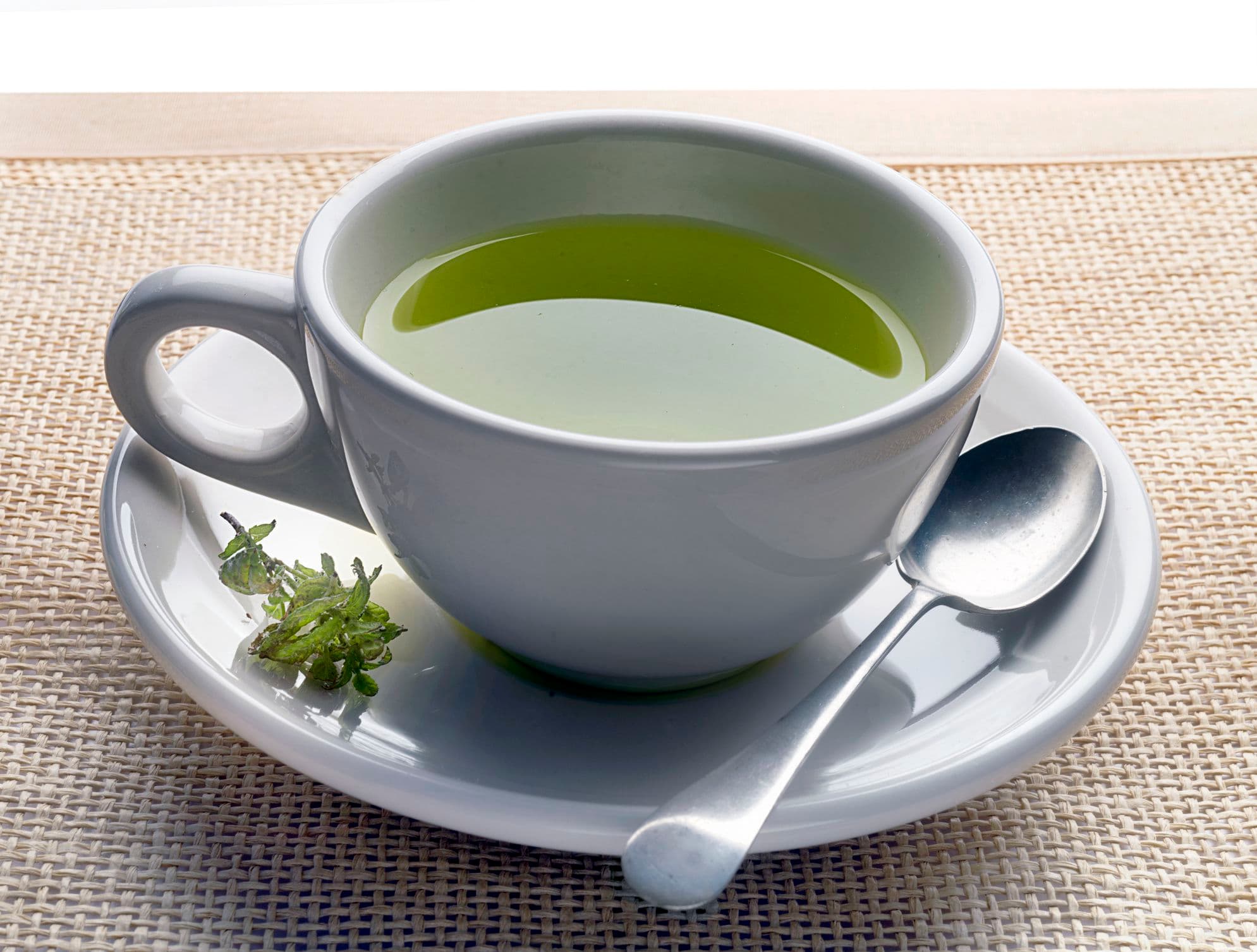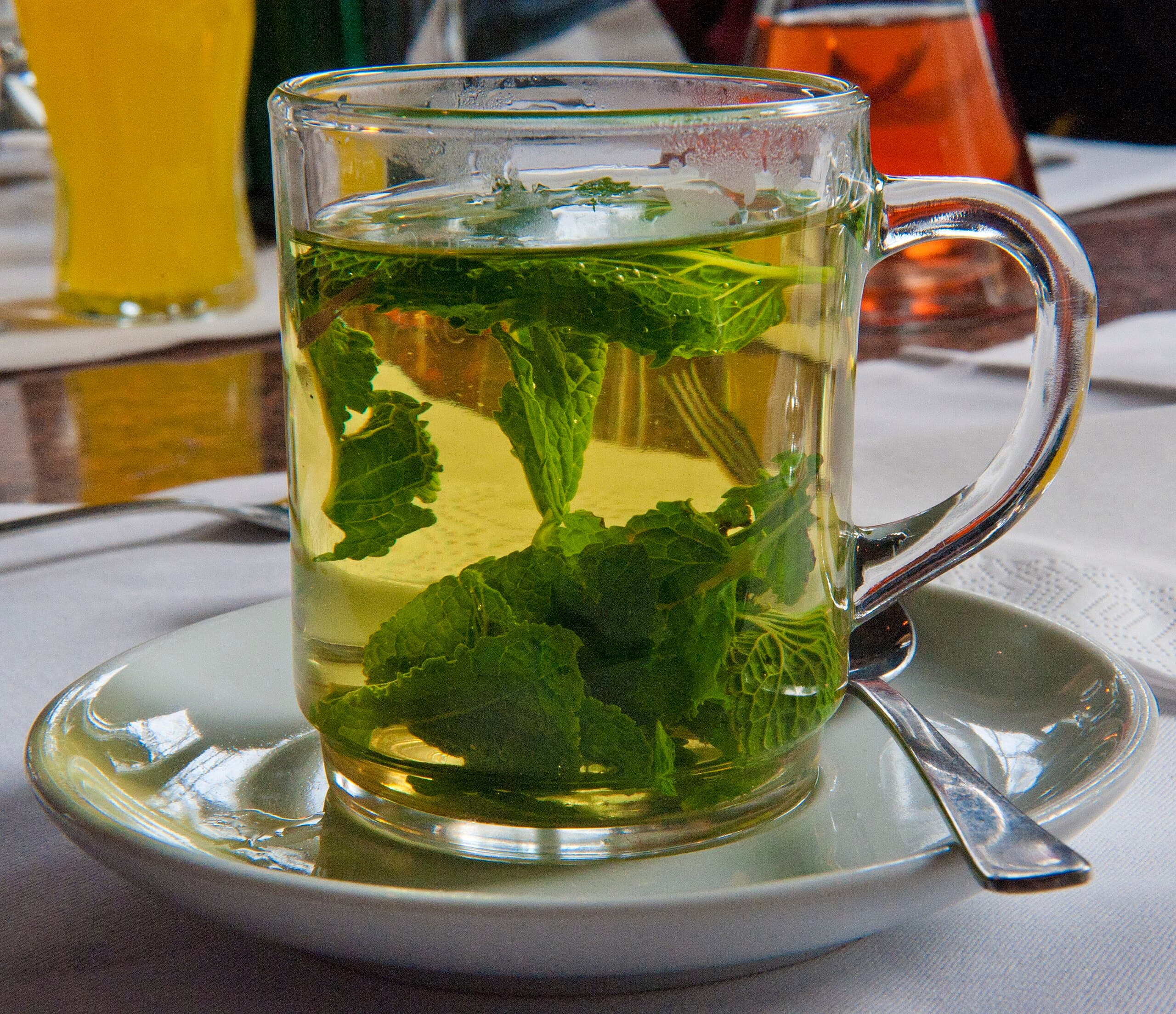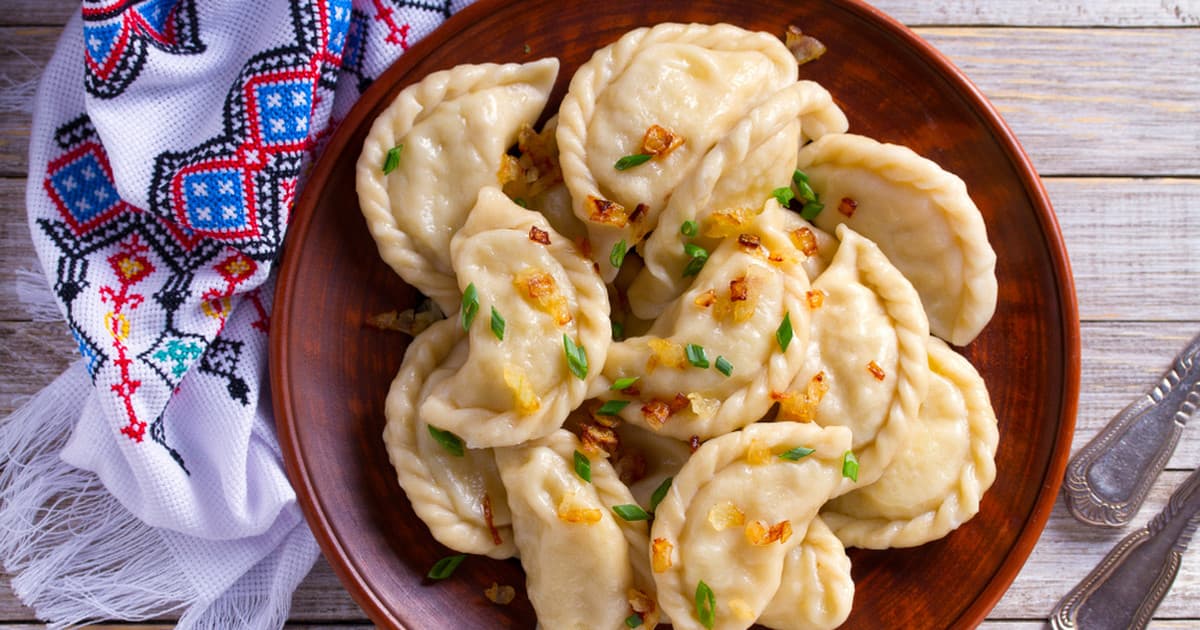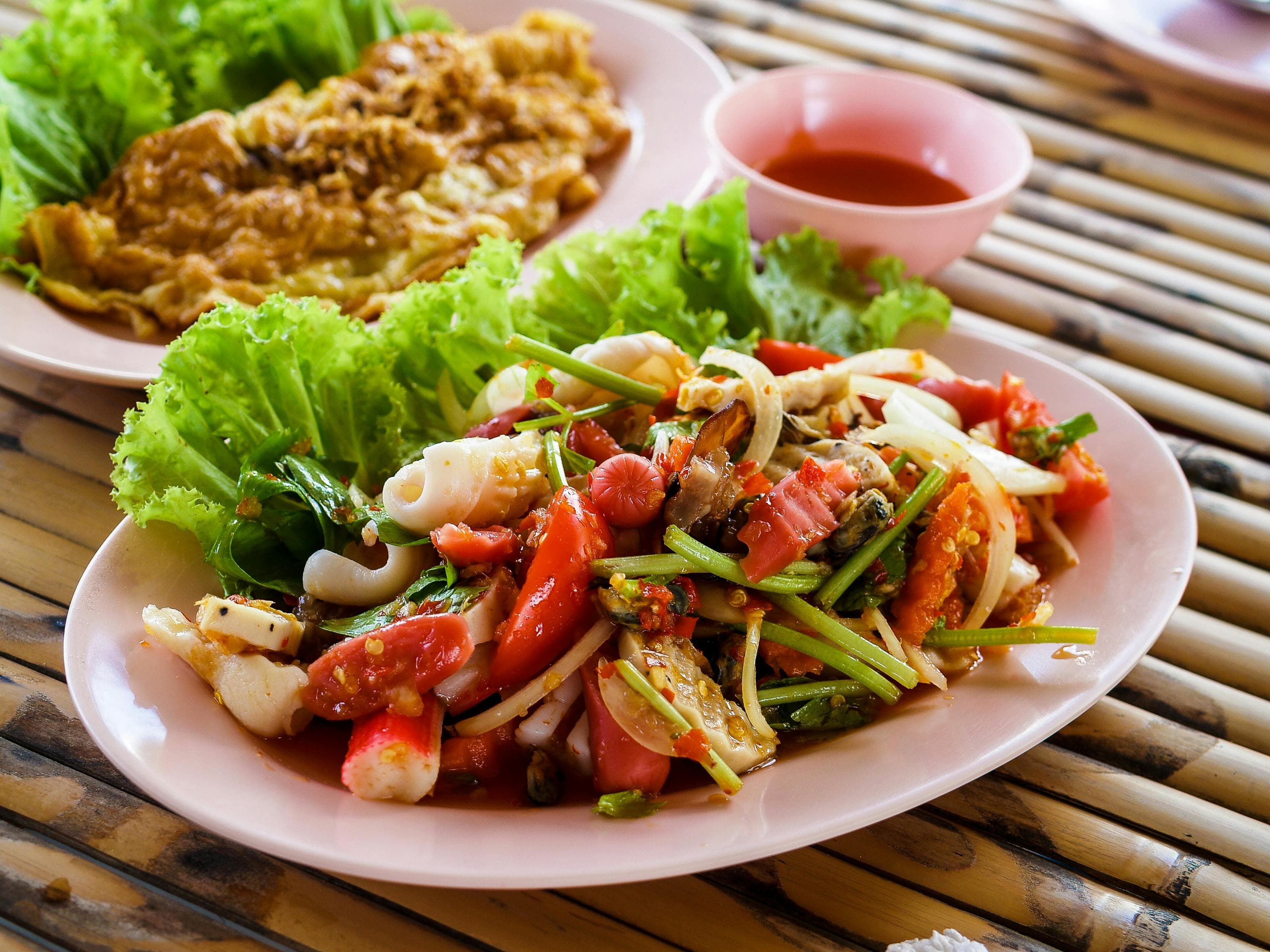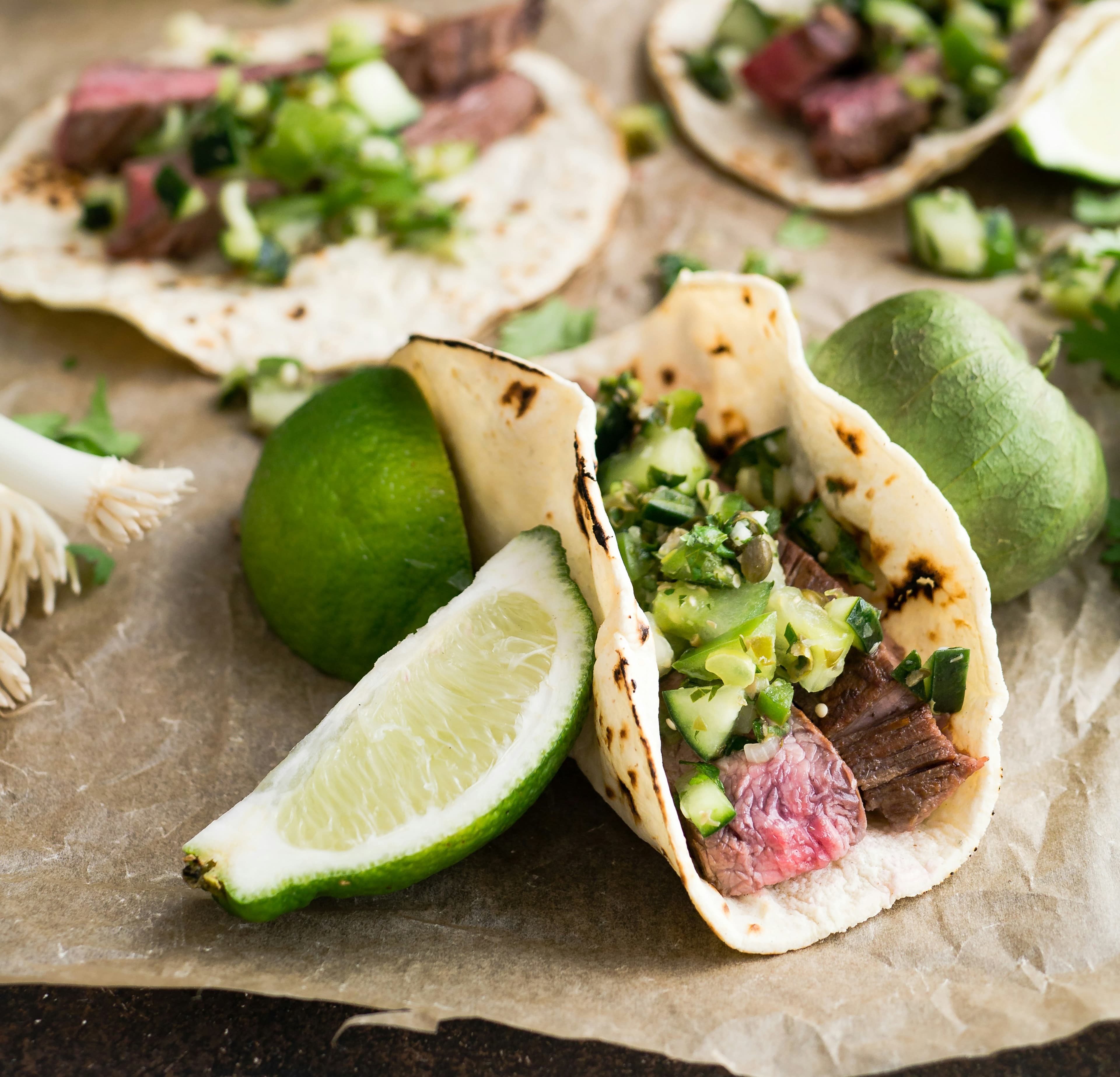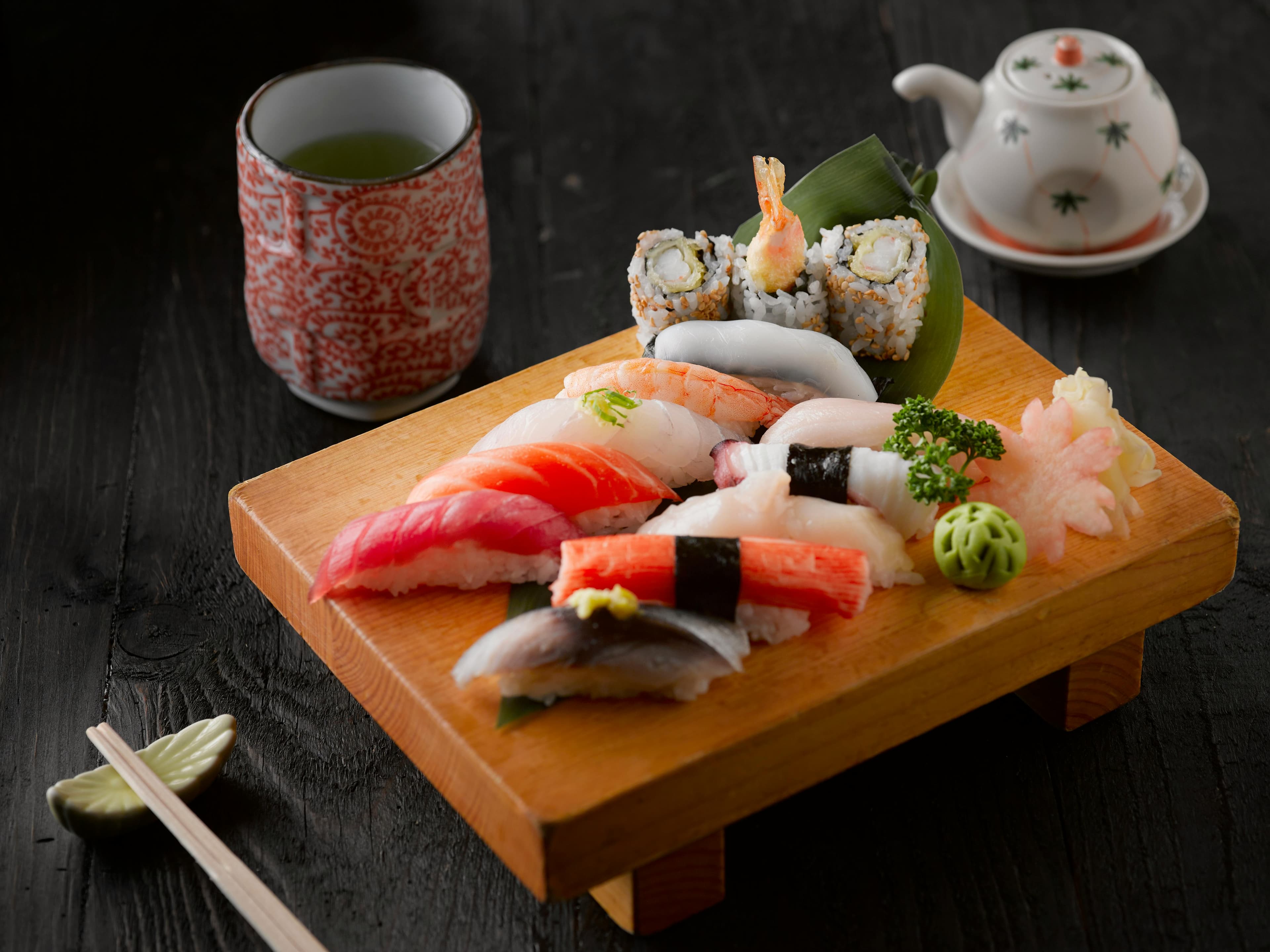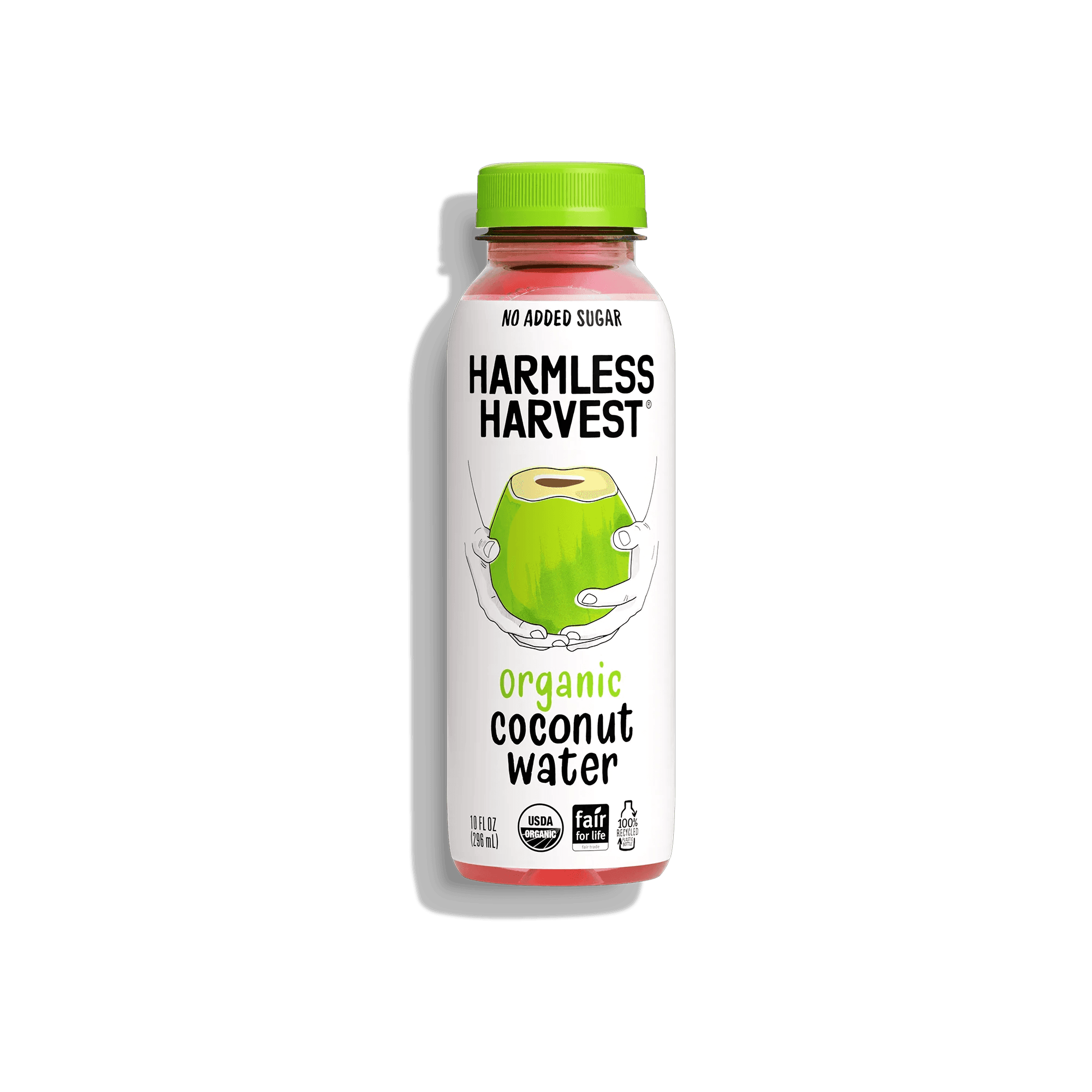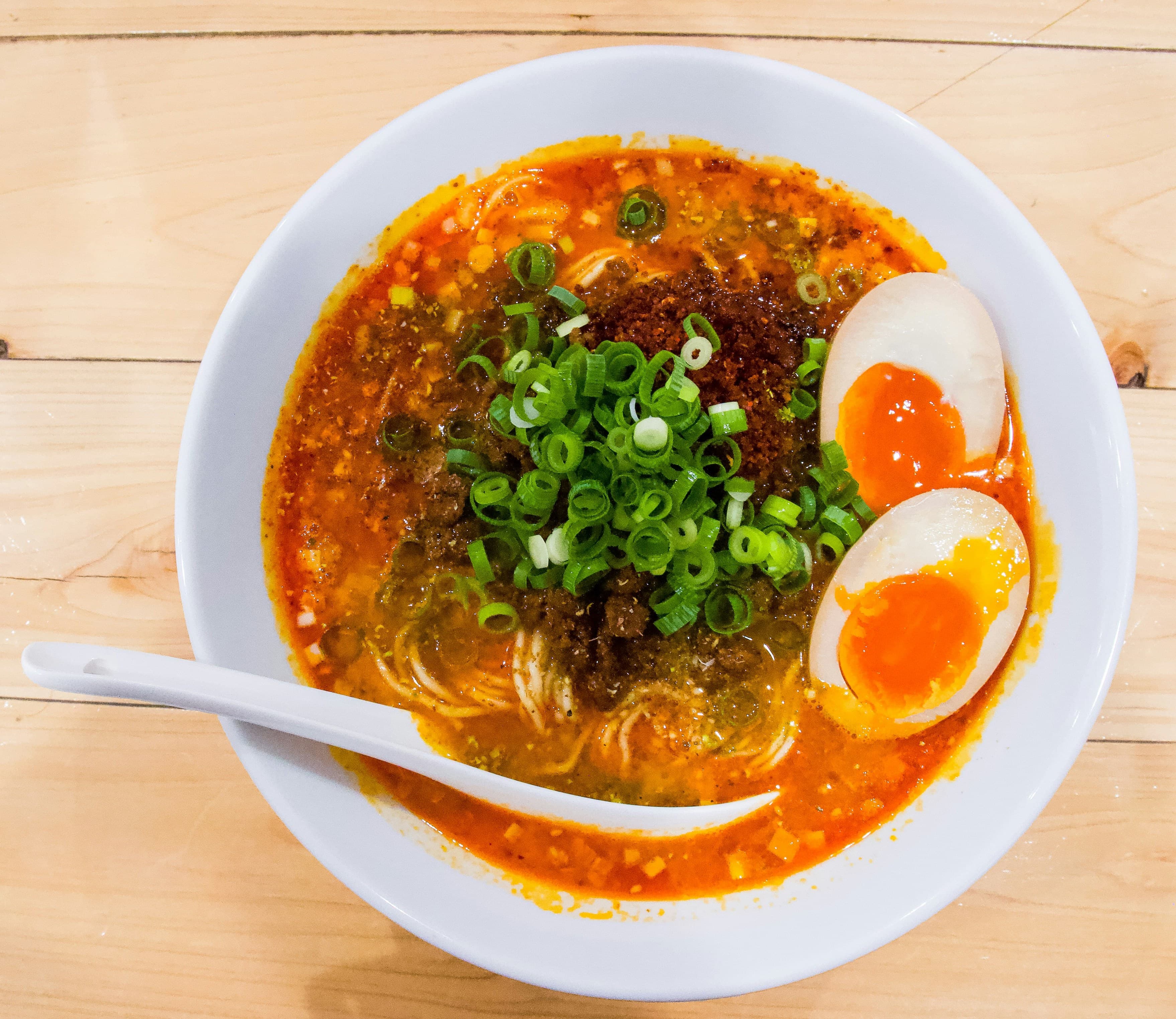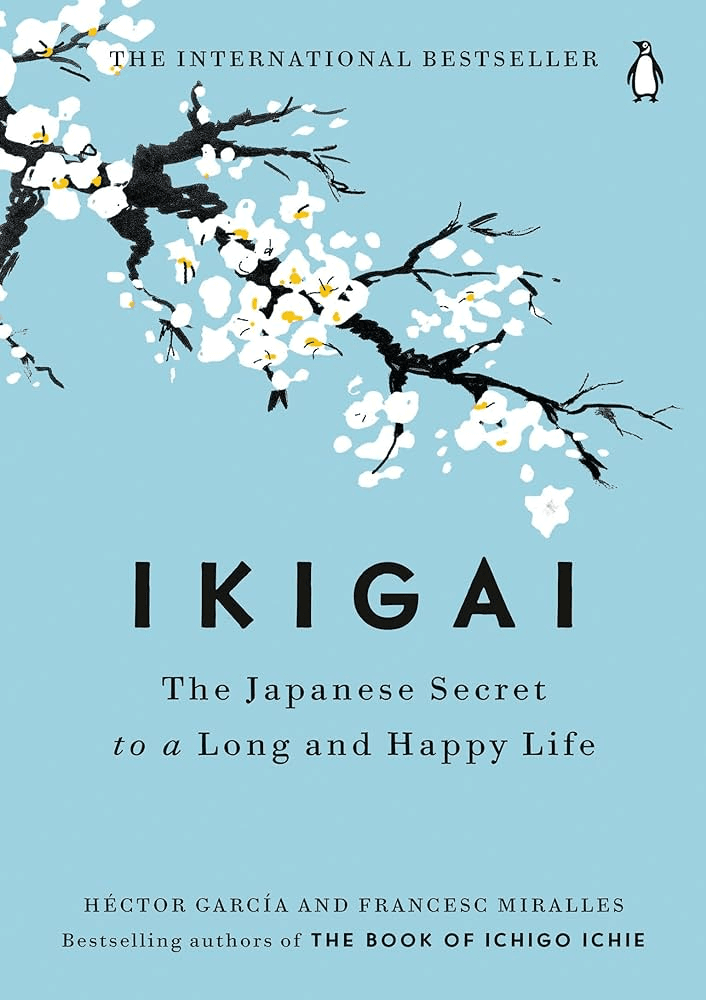Black Tea vs. Matcha Tea
Black Tea
Black tea is the kind of drink that’s been around for ages, traded across continents, sipped at fancy afternoon teas, and downed in travel mugs on rushed mornings. It comes from the Camellia sinensis plant, just like green and white tea, but what sets it apart is the full oxidation of the leaves. That process turns them dark and gives black tea its deep reddish-brown color when brewed, along with that strong, punchy flavor that can be malty, smoky, fruity, or floral—depends on where it’s from and how it’s made. There are loads of varieties. Assam from India is bold and malty—perfect with a splash of milk. Darjeeling, often called the "champagne of teas," is lighter, floral, and sometimes a bit fruity. If you’re in the mood for something smoky, Lapsang Souchong from China tastes like someone brewed tea in a campfire—but in a good way. Ceylon from Sri Lanka strikes a nice balance—brisk and refreshing. The cool thing is, black tea keeps its flavor for years, unlike green tea that goes du...
Matcha Tea
Matcha tea is a smooth, vibrant green beverage made by whisking finely ground green tea leaves into hot water. Unlike regular green tea, where the leaves are steeped and removed, matcha is fully consumed, which gives it a fuller body and a richer, more complex flavor. The taste is a blend of grassy freshness, gentle bitterness, and a deep, savory umami that lingers pleasantly. High-quality matcha can be surprisingly sweet and creamy, while lower grades tend to be more astringent. Preparing matcha is as much about the process as it is about the drink itself. The powder is first sifted into a bowl to break up any clumps, then a small amount of hot water—usually around 80°C—is added. Using a bamboo whisk, called a chasen, the tea is briskly whisked in a zigzag motion until a layer of fine, soft foam forms on top. This foam not only looks appealing but also softens the tea’s natural bitterness, creating a silky texture and smooth mouthfeel. There are two primary styles of matcha tea: usu...
Reviews
Reviews
Reviewed on 2/25/2025
Green and exciting
| Item | Votes | Upvote |
|---|---|---|
| No pros yet, would you like to add one? | ||
| Item | Votes | Upvote |
|---|---|---|
| No cons yet, would you like to add one? | ||
| Item | Votes | Upvote |
|---|---|---|
| Super healthy and delicious | 1 |
| Item | Votes | Upvote |
|---|---|---|
| Can be an acquired taste for some | 1 |
Frequently Asked Questions
Matcha Tea is often considered healthier than Black Tea due to its high concentration of antioxidants, vitamins, and minerals. Matcha is a powdered form of green tea, which includes the entire leaf, providing more nutrients. On the other hand, Black Tea is oxidized, which may reduce some of its beneficial compounds. However, Black Tea still has its own health benefits, such as improving heart health and providing antioxidants.
Black Tea generally offers a stronger and more robust flavor compared to Matcha Tea. Black Tea undergoes a full oxidation process, which gives it a rich, bold taste. Matcha Tea, while flavorful, has a more vegetal and slightly sweet profile, which can be an acquired taste for some.
Matcha Tea is considered more versatile than Black Tea due to its powdered form, which allows it to be used in various recipes beyond just traditional tea. Matcha can be added to smoothies, lattes, desserts, and even savory dishes. While Black Tea is primarily consumed as a beverage, it is also used in some culinary applications, but not as extensively as Matcha.
Black tea is a type of tea that is fully oxidized, which gives it a deep reddish-brown color and a strong, punchy flavor. It comes from the Camellia sinensis plant, just like green and white tea. There are many varieties of black tea, including Assam, Darjeeling, Lapsang Souchong, and Ceylon, each with its unique taste profile.
To brew black tea, boil water and pour it over the tea leaves or a tea bag. Let it steep for 3 to 5 minutes, depending on your taste preference. A shorter steeping time will yield a mellower flavor, while a longer steeping time will produce a stronger brew. You can enjoy it plain or add milk, sugar, or lemon.
Different types of black tea offer a variety of flavor profiles. Assam tea is bold and malty, making it great with milk. Darjeeling is lighter and floral, often referred to as the 'champagne of teas.' Lapsang Souchong has a smoky flavor reminiscent of campfires, while Ceylon tea is brisk and refreshing.
Pros of drinking black tea include its rich flavor, variety of types, and the comforting ritual of brewing and enjoying it. It also retains its flavor for years, making it ideal for long-term storage. However, some cons may include its caffeine content, which can be a concern for those sensitive to caffeine, and the potential for bitterness if steeped too long.
Black tea is fully oxidized, while green tea is unoxidized and white tea is minimally processed. This oxidation process gives black tea its strong flavor and dark color, whereas green tea tends to have a more delicate taste and lighter color. Black tea also has a longer shelf life compared to green tea, which can lose its flavor over time.
Matcha tea is a smooth, vibrant green beverage made by whisking finely ground green tea leaves into hot water. Unlike regular green tea, where the leaves are steeped and removed, matcha is fully consumed, providing a fuller body and a richer, more complex flavor. It has a blend of grassy freshness, gentle bitterness, and a deep, savory umami that lingers pleasantly.
The pros of Matcha Tea include that it is super healthy and delicious, making it a great choice for those looking to enhance their diet. However, a con is that it can be an acquired taste for some individuals, which may not appeal to everyone.
Preparing Matcha Tea involves sifting the powder into a bowl to break up clumps, adding a small amount of hot water (around 80°C), and whisking it briskly with a bamboo whisk called a chasen until a layer of fine foam forms on top. This process not only enhances the flavor but also creates a silky texture.
There are two primary styles of Matcha Tea: usucha and koicha. Usucha, or thin tea, is lighter and frothy, while koicha, or thick tea, is denser and has a bold, concentrated taste. Koicha is typically reserved for formal tea ceremonies, emphasizing the ritual of preparation and consumption.
The striking green color of Matcha Tea comes from the way the tea plants are grown. They are shaded from sunlight for several weeks before harvest, which boosts their chlorophyll content and enhances the umami flavor while reducing bitterness. This process also contributes to the calming effect of matcha despite its caffeine content.
Matcha Tea has found new life in modern drinks such as lattes, iced teas, and smoothies. It is enjoyed both during traditional tea gatherings and as part of a morning ritual at home, providing a calming moment in a busy day.
